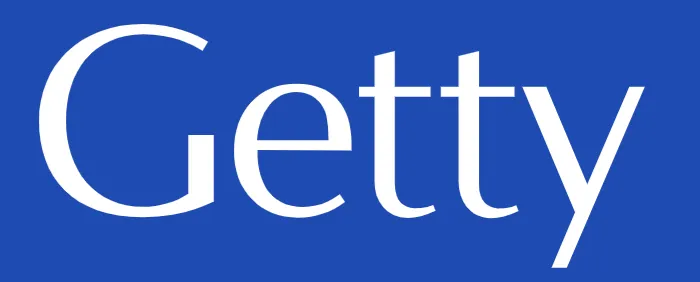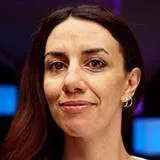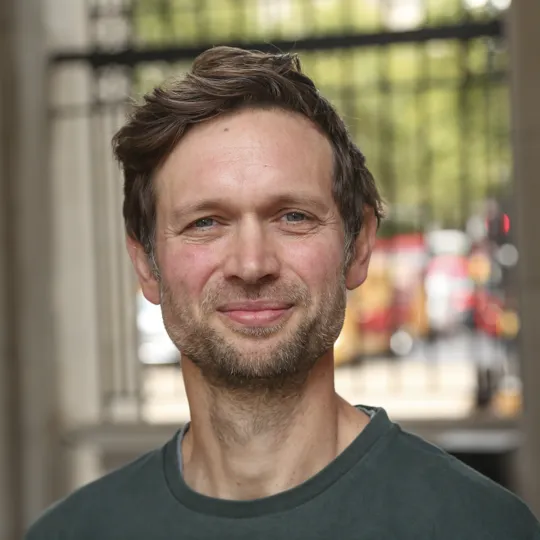Ancient Itineraries
The Ancient Itineraries programme, funded by the Getty Foundation as part of its Digital Art History initiative, sought to explore both senses of “Digital” as it applies to art history. The programme took the form of two meetings of researchers, academics and practitioners which brought together a very broad array of expertise. The first meeting was held at King’s College London, and the other at the Swedish Institute in Athens.
You can read more about the activities, meetings and visits of both gatherings:
- Ancient Itineraries (2018) at King's College London
- Ancient Itineraries (2019) at the Swedish Institute in Athens
About the programme
When applied to a field of research, the prefix “Digital” can mean different things. It can refer to enabling existing work to be done more efficiently or quickly, or on a larger scale; or it can mean developing new research questions that could not be asked without digital tools, methodologies, and other resources. Always however, when digital technology are employed as a tool or a methodology for research, there is an extra layer of information and rendering to consider.
Digital methods have become increasingly important to the fields of Art History and Classical Archaeology in recent years. They have been applied to capture, recreate, taxonomize model and document art objects, and their environments. Within the framework of the forthcoming Ancient Itineraries programme, we will look at ways of exploring the “spatial narrative” of objects’ stories and emphasise how context and material alteration matters as much as an artefact’s use and display. We will explore how object meaning-making thus emerges as a synthesis of the physical traces of an artefact’s past use and contexts; and the methods by which we tell and represent the narrative of its story.
The aim of the Ancient Itineraries programme was to map out the future of three key methodological topics in relation to the digital art history of the Classical world: provenance, geographies and visualization. We assessed three families of methods, beginning with the capacities of the WWW to link information together.
A major outcome of the two Ancient Itineraries Institutes was the creation a Proof of Concept (PoC) for digital art history research, developed by the King’s Digital Laboratory (KDL). This key outcome was framed by the thematic division described above; as an exemplum of a resource that art historians, museologists, and conservators could use to advance their knowledge.
Linking documents, linking objects
Given the importance of linking and cross-referring between objects and collections in art history, the programme will focus on Linked Open Data (LOD) methods. Various organizations, including the Getty Research Institute (GRI), and projects concerned with research into the ancient world have engaged with LOD as a means for both enabling the processes of (Digital) Art History and expanding the range of questions it can ask. Some of these approaches begin with objects and their attributes, some with documentation, text and other written or illustrative materials. One area of discussion will be to compare these approaches, evaluate how they are being used, and what kind of research they can support.
The Getty Provenance Index, for example, is a developed and managed by the GRI. It provides documentation for a provenance model.This forms part of a broader linked art data model, whose aim is to structure and display relevant concepts in a user-friendly manner, and to represent relations between them. Such relations include sale, gift, inheritance, auction, while more complex concepts, such as transfers of shares of ownership between unincorporated entities, are also accommodated.
The key participants in those different types of events include: the Object itself; the Actors, and organisations and people that own the object or facilitate the transfer; the Locations where these events occur and, finally the Times at which the events occur.
In between events there are periods of time in which ownership may not change, but other events may still occur, e.g. change of custody, or if an object is loaned out for exhibition or curatorial activities, (taking inventory, conservation or revaluation). The general model, as the documents state, is to create a resource for the Activity or Event, and to associate the participants with that resource.
Ancient Itineraries explored this, and other available LOD models for art history. It also assessed how they related to broader digital methods and theories in the field.





